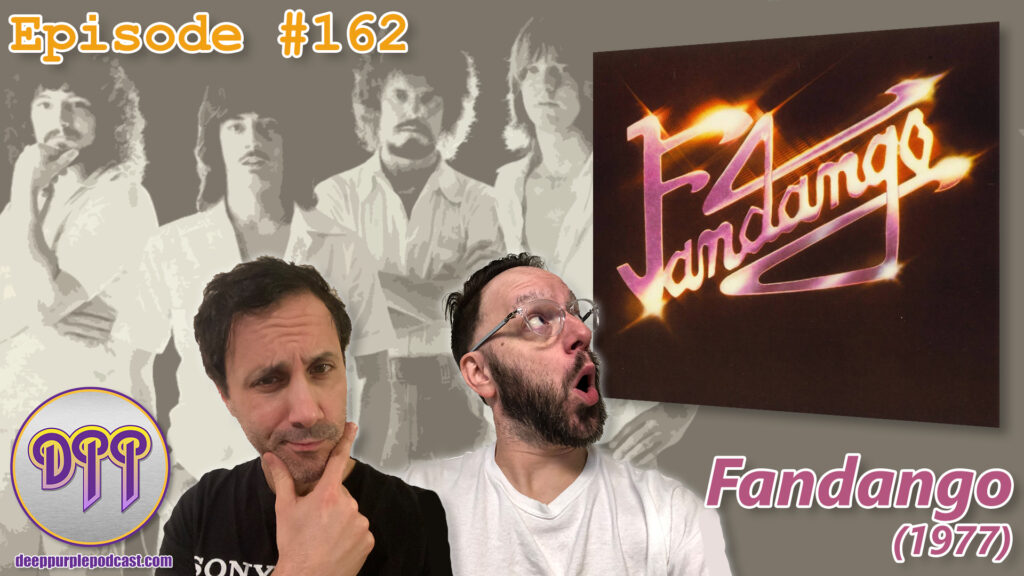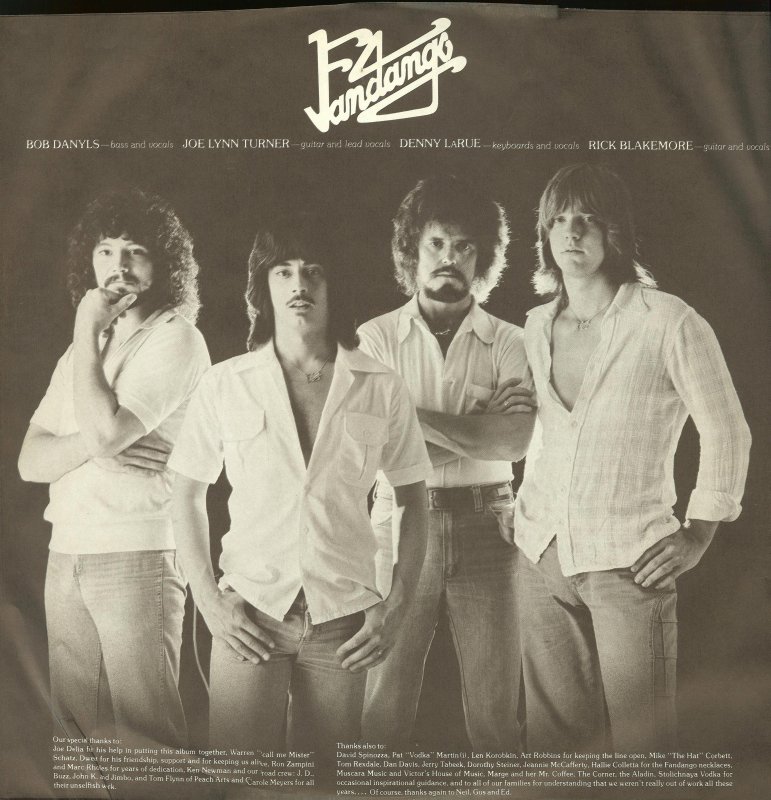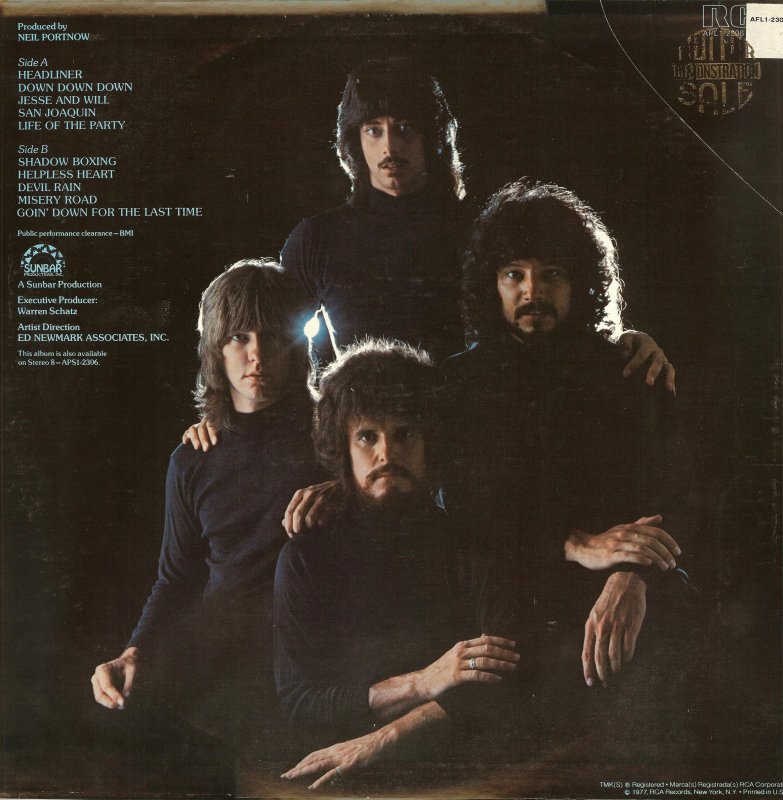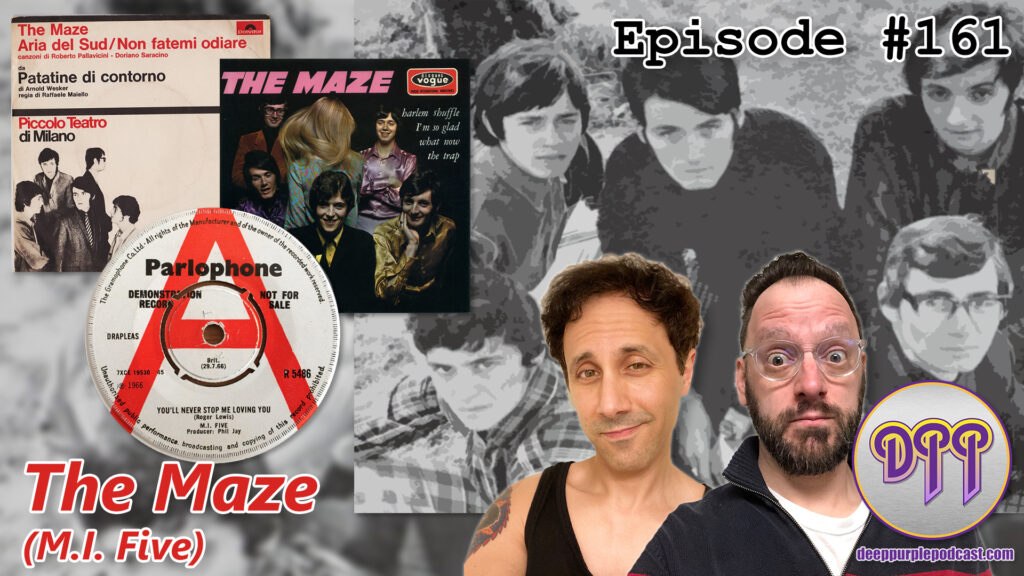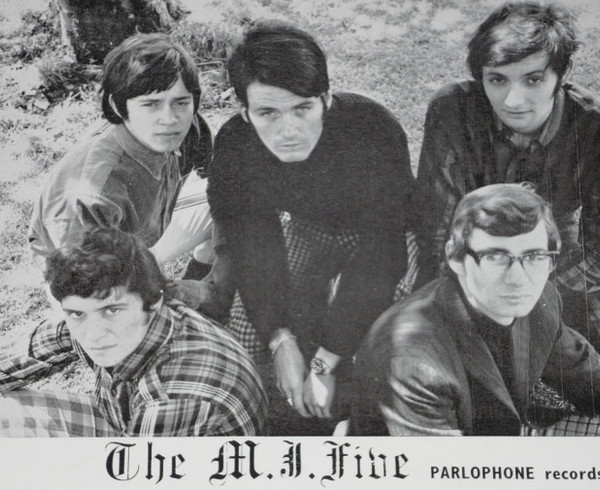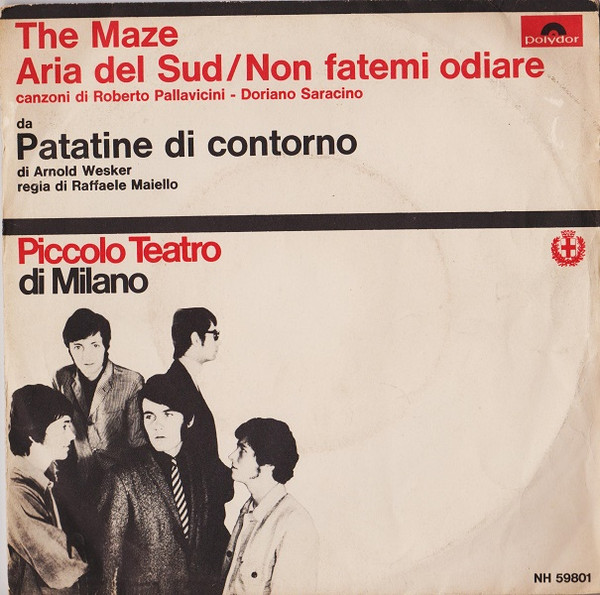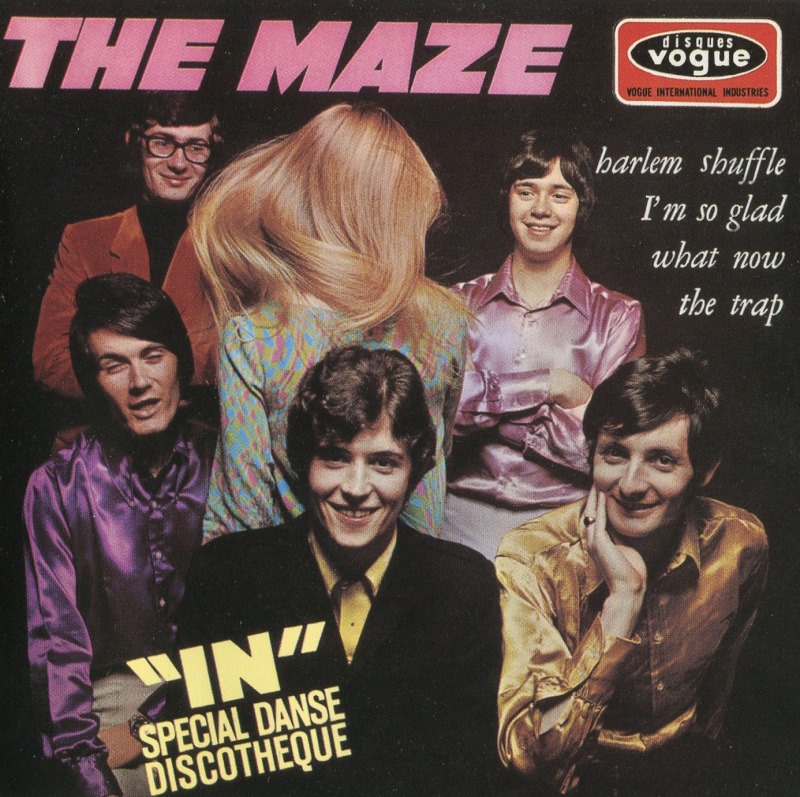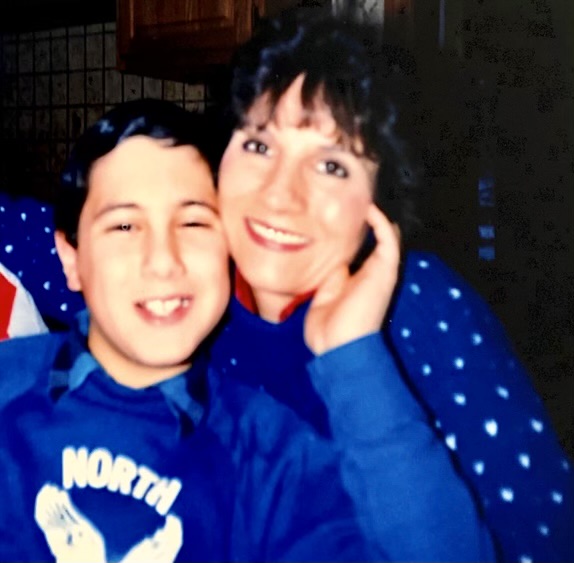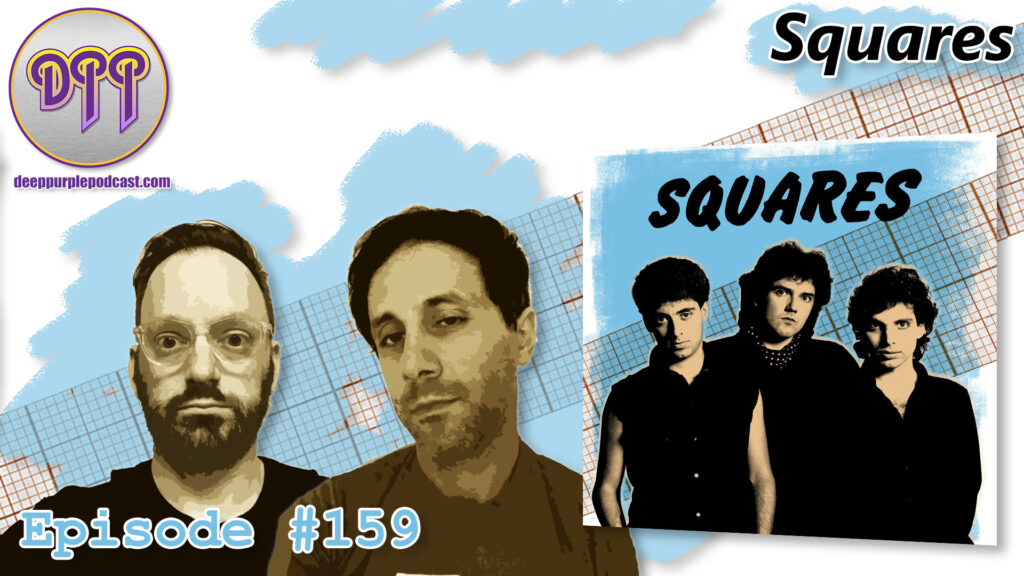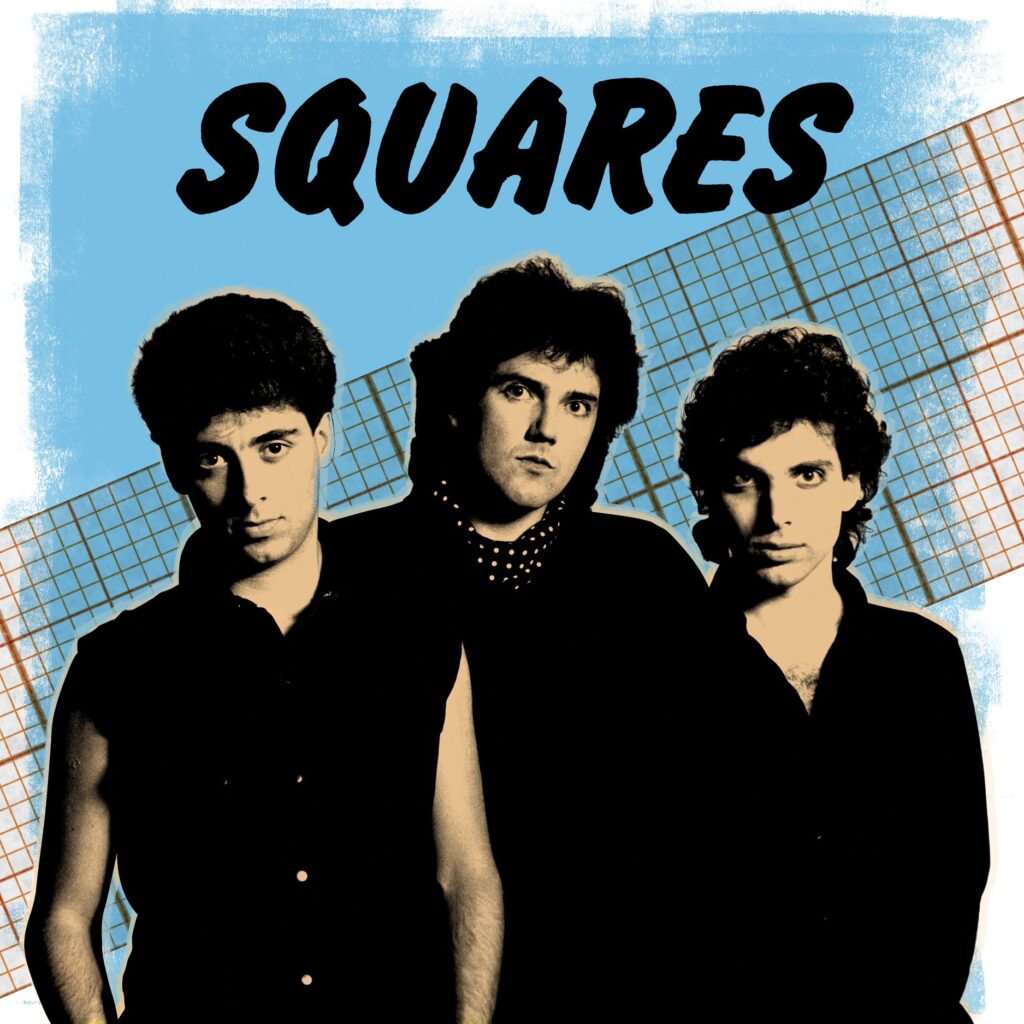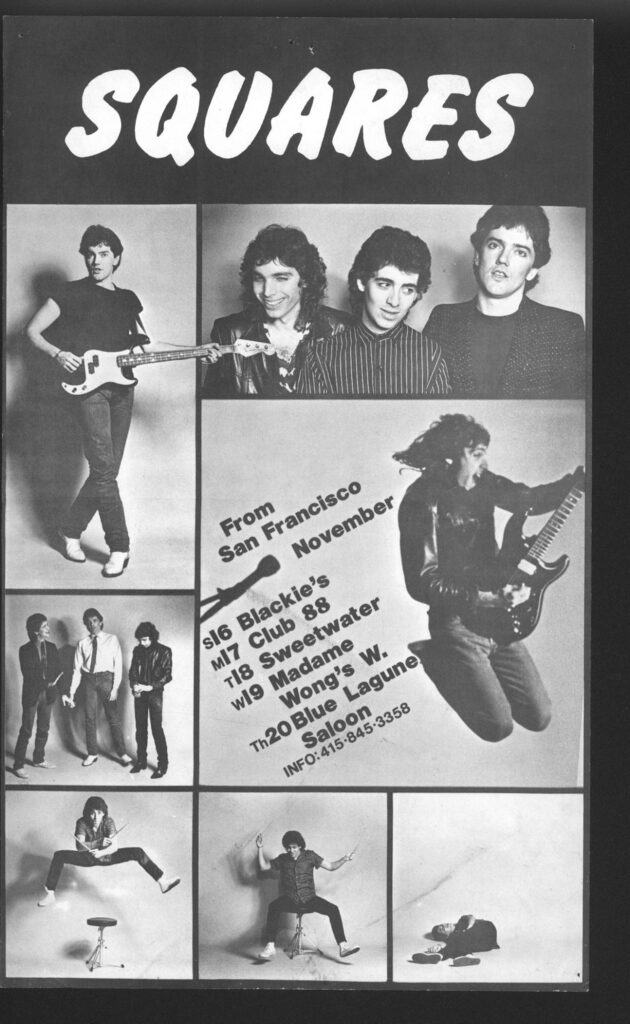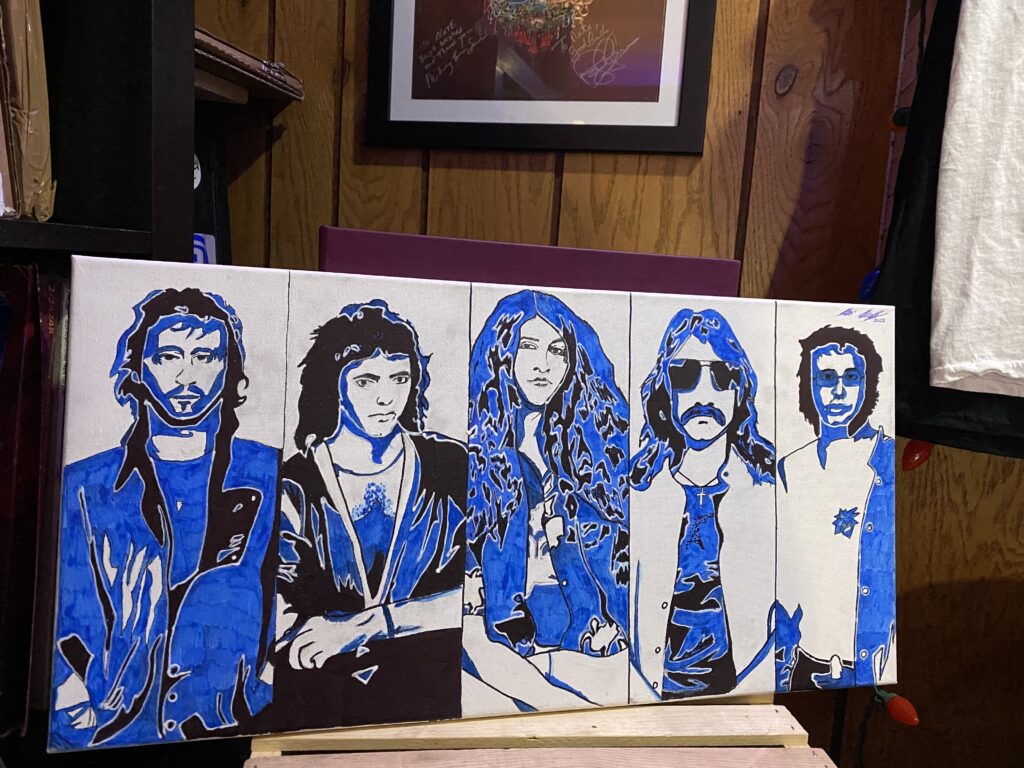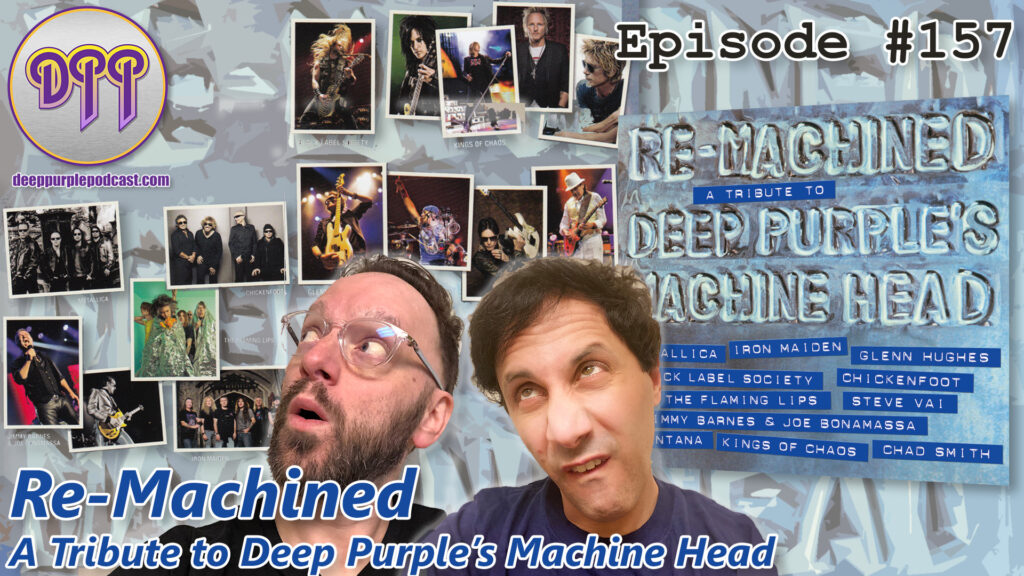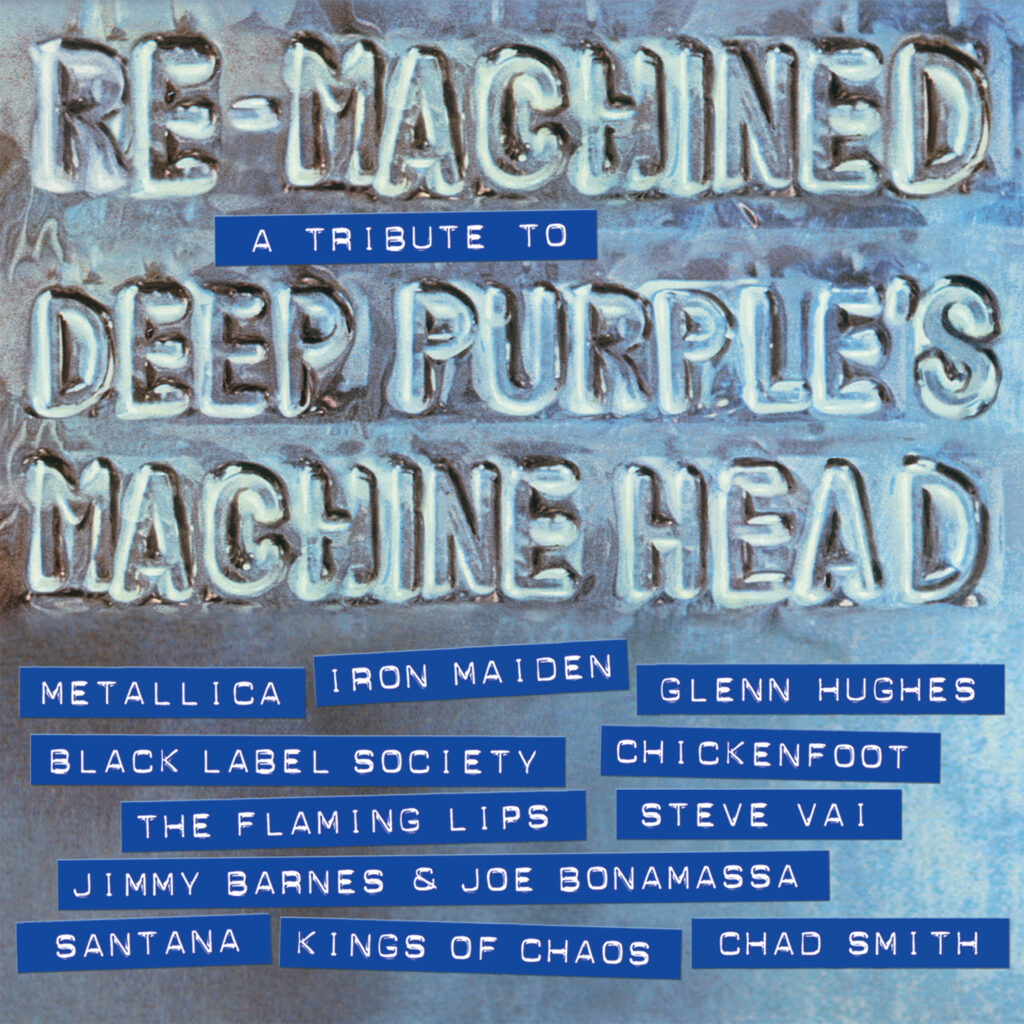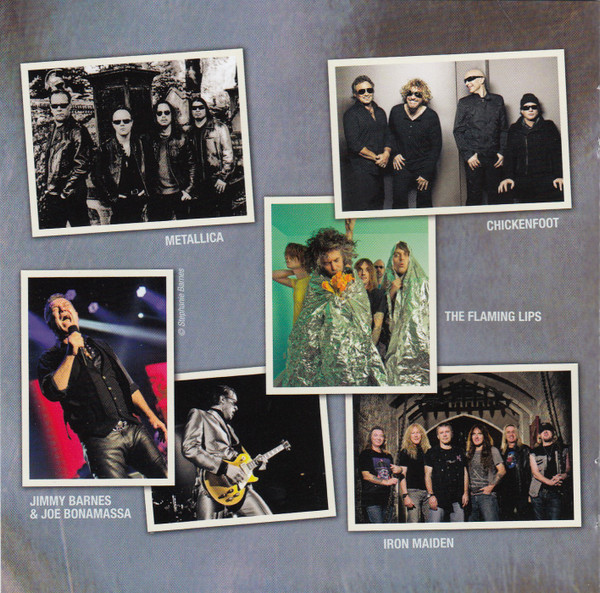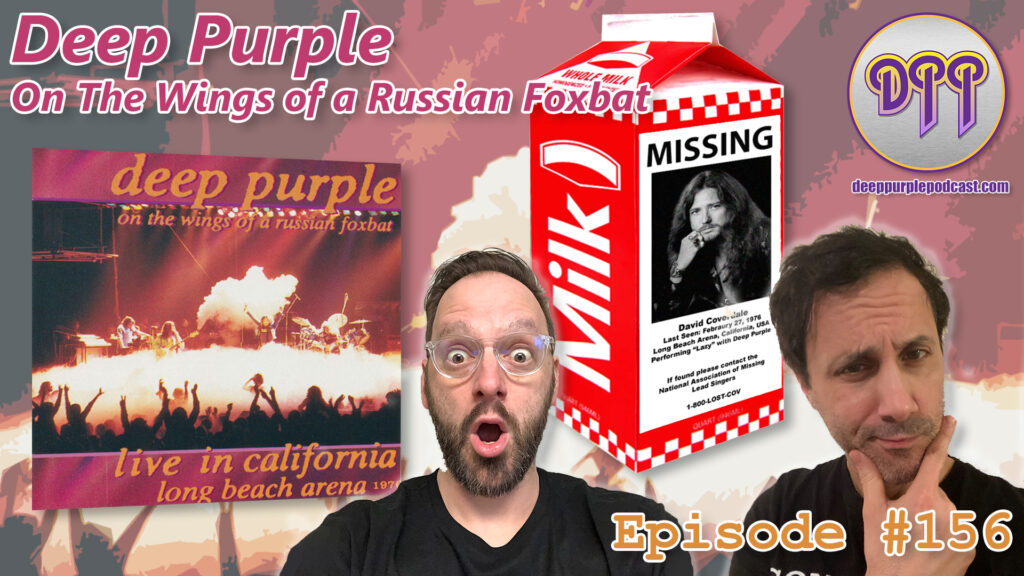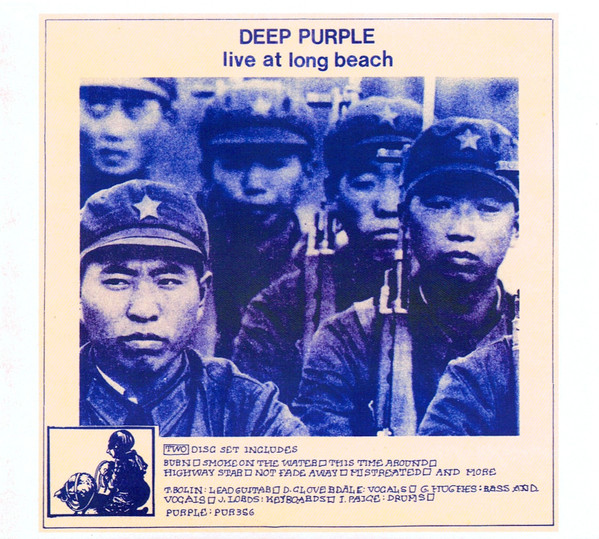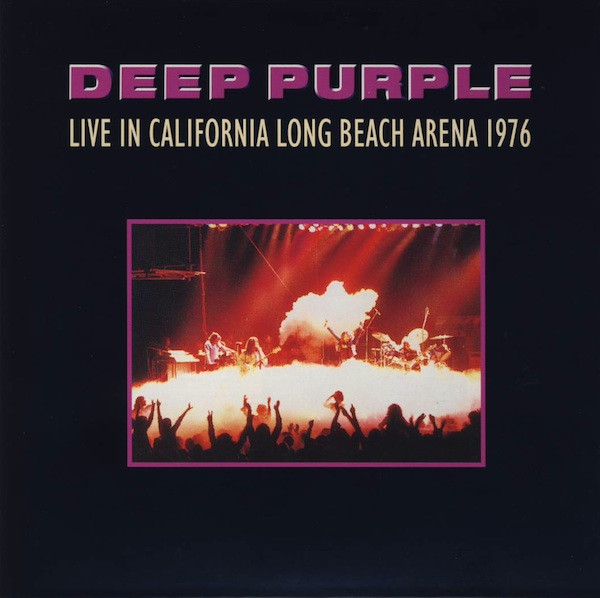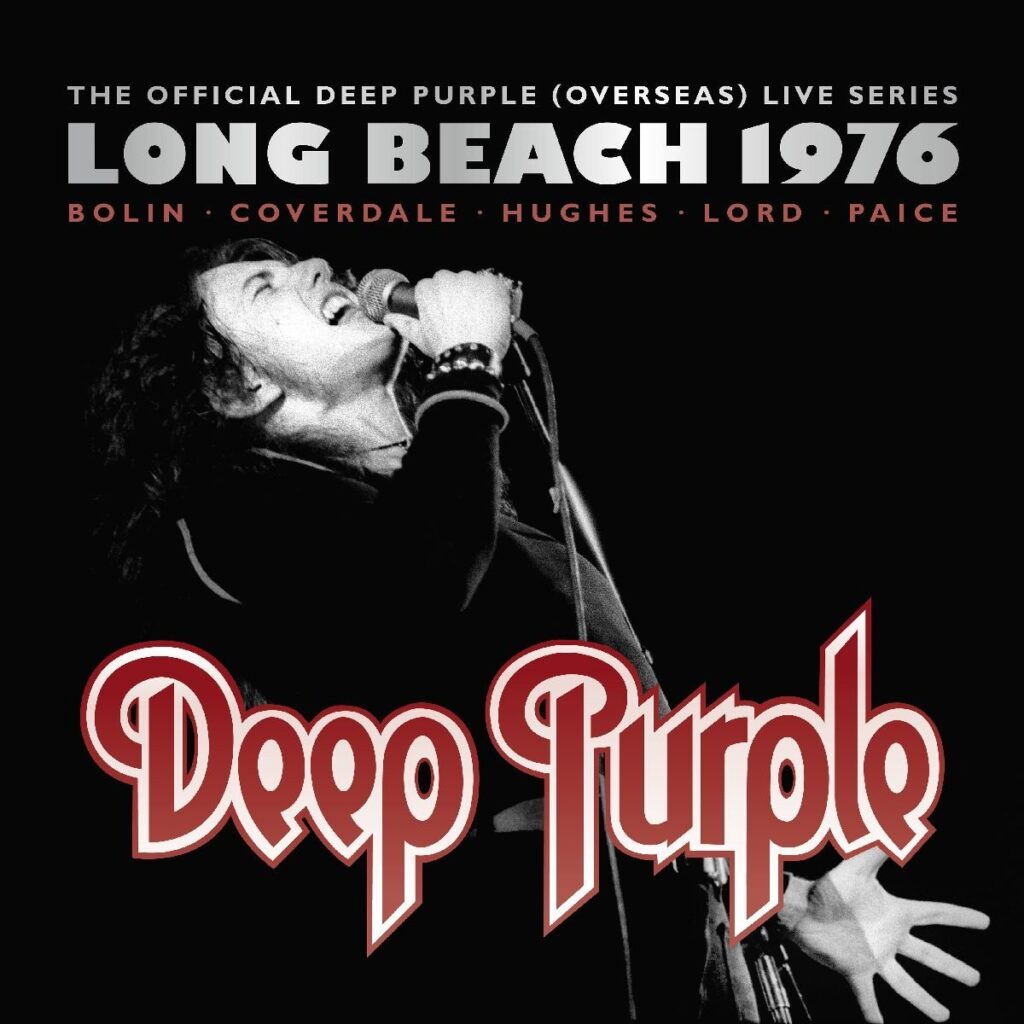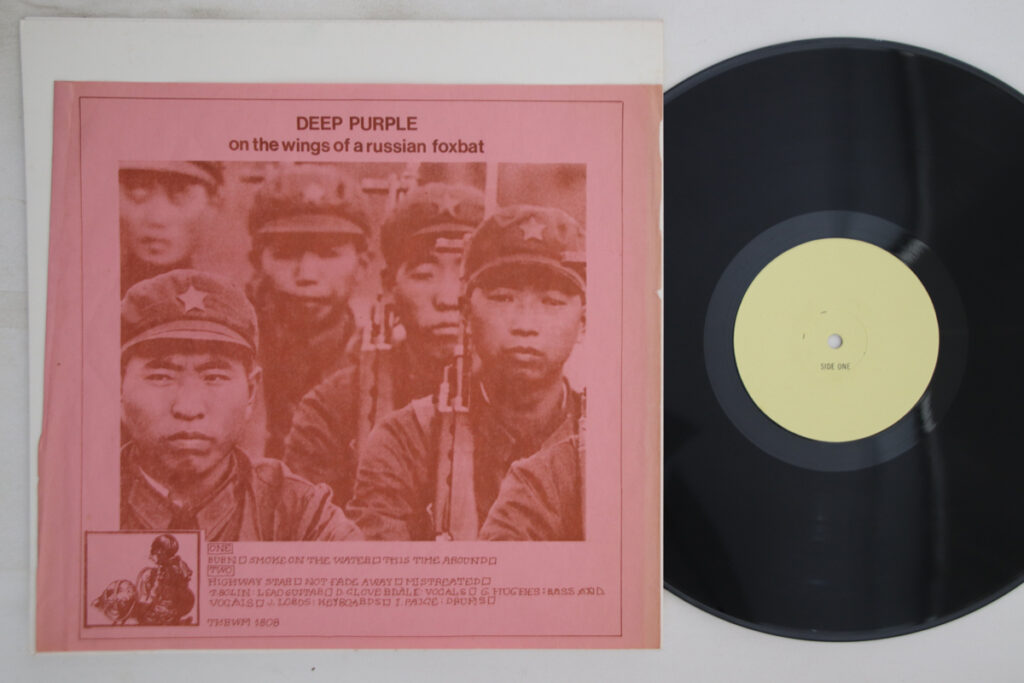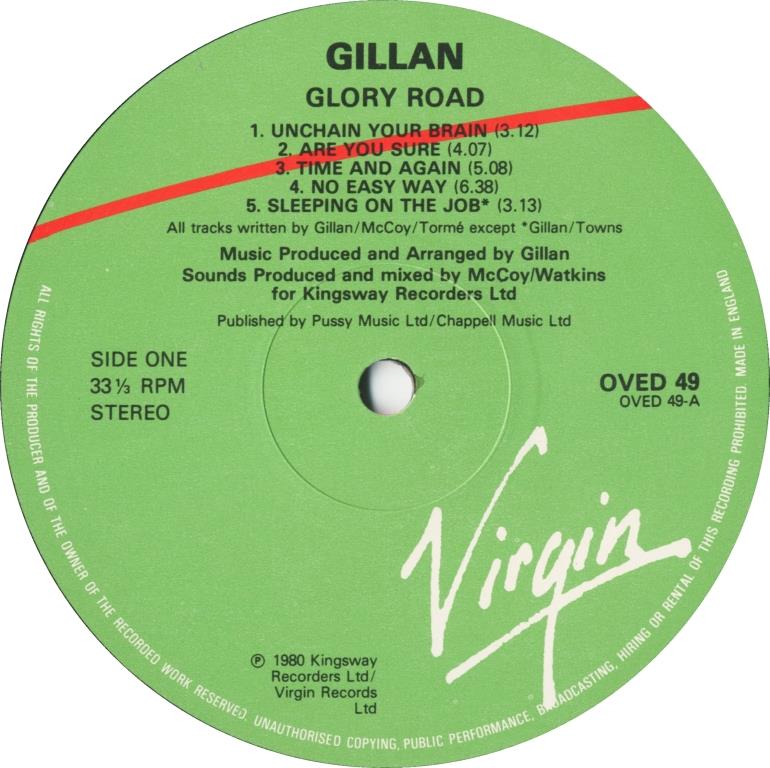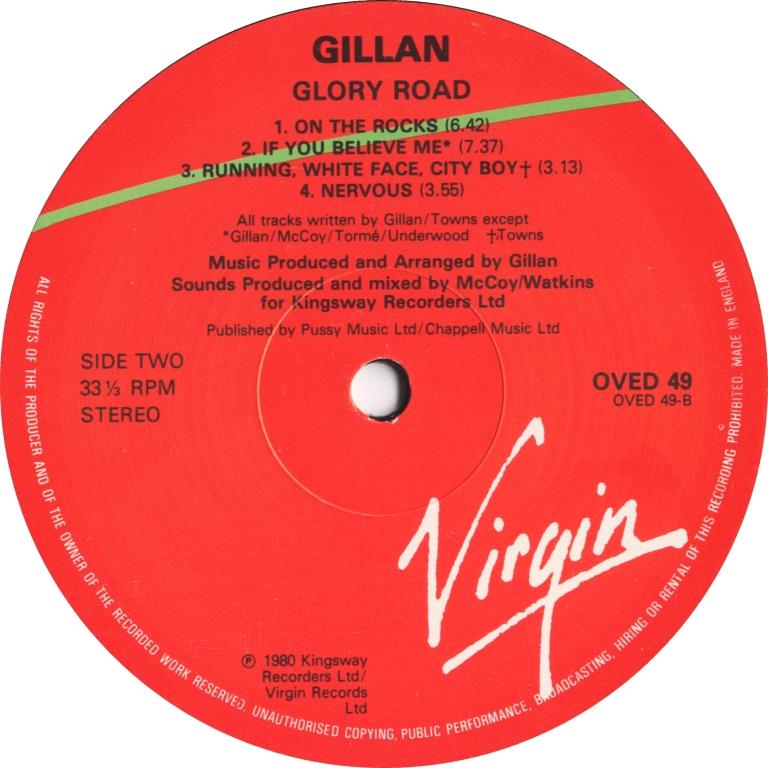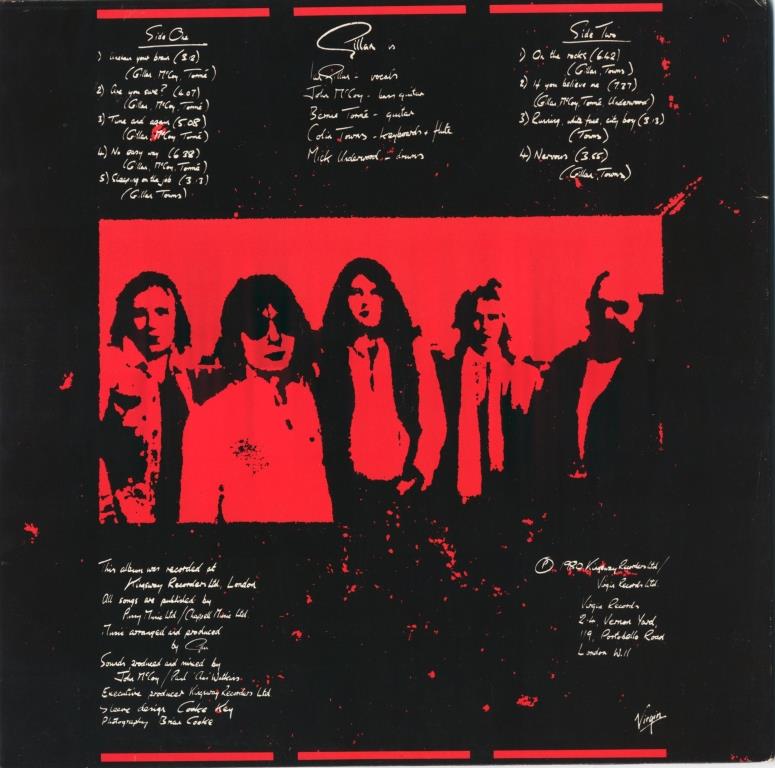
Disclaimer: The video used on YouTube is a byproduct of producing our audio podcast. We post it merely as a convenience to those who prefer the YouTube format. Please subscribe using one of the links below if you’d prefer a superior audio experience.
Subscribe at Apple Podcasts, Stitcher, Google Podcasts, Overcast, Pocket Casts, Anchor.fm, Breaker, PodBean, RadioPublic, Amazon Music, or search in your favorite podcatcher!
How To Support Our Show:
- Leave us a 5-Star Review on Apple Podcasts
- Buy Merch at Our Etsy Store!
- Become a Patron on Patreon
- Donate on Paypal (Donate one time or click “make this a monthly donation” box)
- Donate to $DPPOD Using Cash App
Brendan Ashbrook – Logo Designer
Thanks to Our Executive Level Patrons:
- The $25 “Uncommon Man” Tier
- Ovais Naqvi
- The £10 Tier
- Dr. Jill Breis
- The Turn it up to $11 Tier
- Clay Wombacher
- Frank Theilgaard-Mortensen
- Alan “Ain’t Too Proud To” Begg
- Mikkel Steen
- $10 “Some One Came” Tier
- Ryan M
- Jeff Breis
- Victor Campos
- “Better Call” Saul Evans
- Kev Roberts & his wonderful children: Matthew, Gareth, and Sarah
Whitesnake Live in Illinois September 1, 2022!
- Live at Allstate Arena in Rosemont, IL.
- John and Nate will be there.
- Potential meet up beforehand!
Postcards From The Edge . . . OF CONNECTICUT!
- This week we get a postcard from “The Roback!”
Deep Dive Podcast Network:
- Deep Dive Podcast Network
- Sabbath Bloody Podcast
- Skynyrd Reconsydyrd
- The Deep Purple Podcast
- T-Bone’s Prime Cuts On The Other Side
- In The Lap Of The Pods
- The Magician’s Podcast
- Hawk Binge
- Maiden A-Z
- Diary of the Madmen
- Universally Speaking: The Red Hot Chili Peppers Podcast
- Metal Gods Podcast
- The Podcast Will Rock
- Back Tracks: Aerosmith Revisited
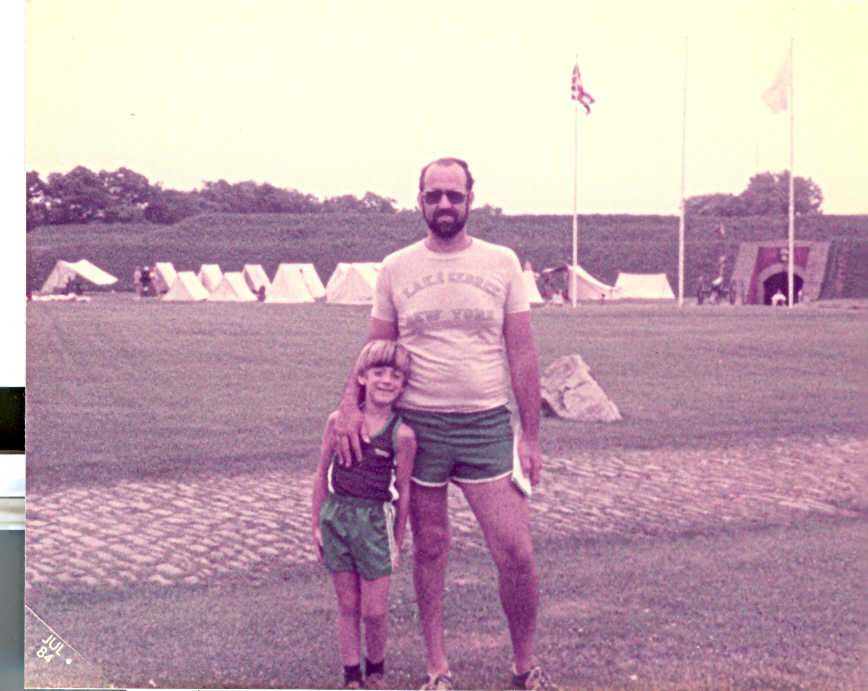
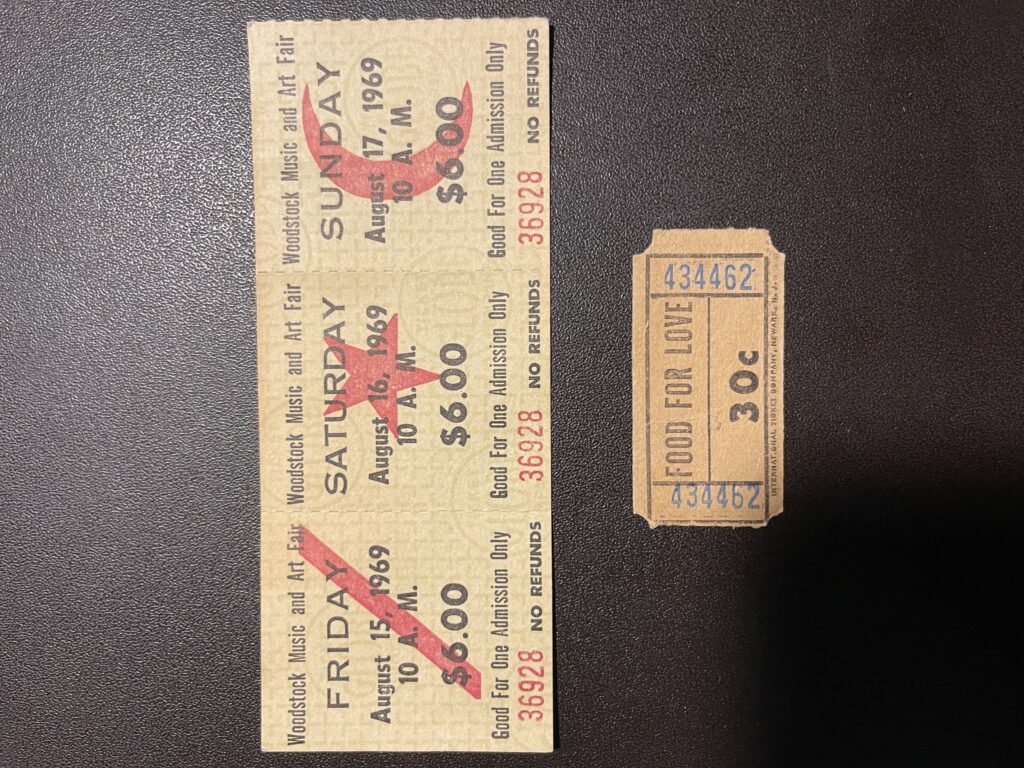
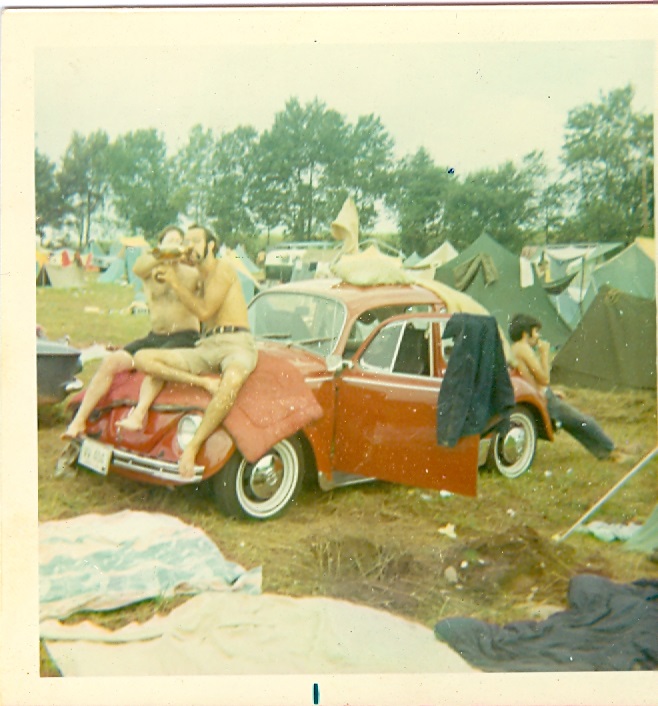
Nate’s Dad:
- Lazy from Live in Denmark 1972
- From the video around the 44:30 mark.
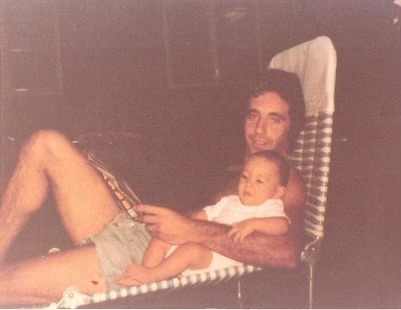
John’s Dad:
- Highway Star from Made in Japan.
Thanks to Our Core Level Patrons:
- The $7.77 KeepItWarmRat Tier
- Michael Vader
- The Episode $6.66 Tier
- Steve Coldwell
- Arthur Smith
- Anton Glaving
- Mike Kattan
- Richard Fusey
- The $6.65 “Almost Evil” Tier
- Kenny Wymore
- $5.99 The “Nice Price” Tier
- Fielding Fowler
- Robert Smith
- Peter from Illinois
- Michael Bagford
- Karl Hellberg
- $5 “Money Lender” Tier
- John Convery
- German Heindl
- Adrian Hernandez
- Jesper Almén
- Oleksiy The Perfect Stranger Slyepukhov
- James North
- Mark Hodgetts
- Will Porter
- Zwopper The Electric Alchemist
- Tim “Southern Cross” Johnson
- Percival Frequency
Thanks To Our Foundation Level Patrons (Read by Pops!):
- The $3.33 Half Way to Evil Tier
- Raff Kaff
- $3 “Nobody’s Perfect” Tier
- Peter Gardow
- Ian Desrosiers
- Mark Roback
- Duncan Leask
- Stuart McCord
- Flight of the Rat Bat Blue Light
- Øyvind Fjeldbu –
- Runar Simonsen –
- JJ Stannard
- $1 Made Up Name Tier
- The “Father of Seeping Tombs” Leaky Mausoleum
- Stephen Sommerville The Concerto 1999 Fanatic
- Spike, The Rock Cat
- Hank the Tank
- Private Eyes
- Ashen Lionel
- Spike’s Mom
- Blackmore’s Tights
Listener Mail/Comments
- Comments about the show? Things you’d like us to cover? We’d love to hear from you. Send us an email at info@deeppurplepodcast.com or @ us on Twitter, Facebook, or Instagram.


